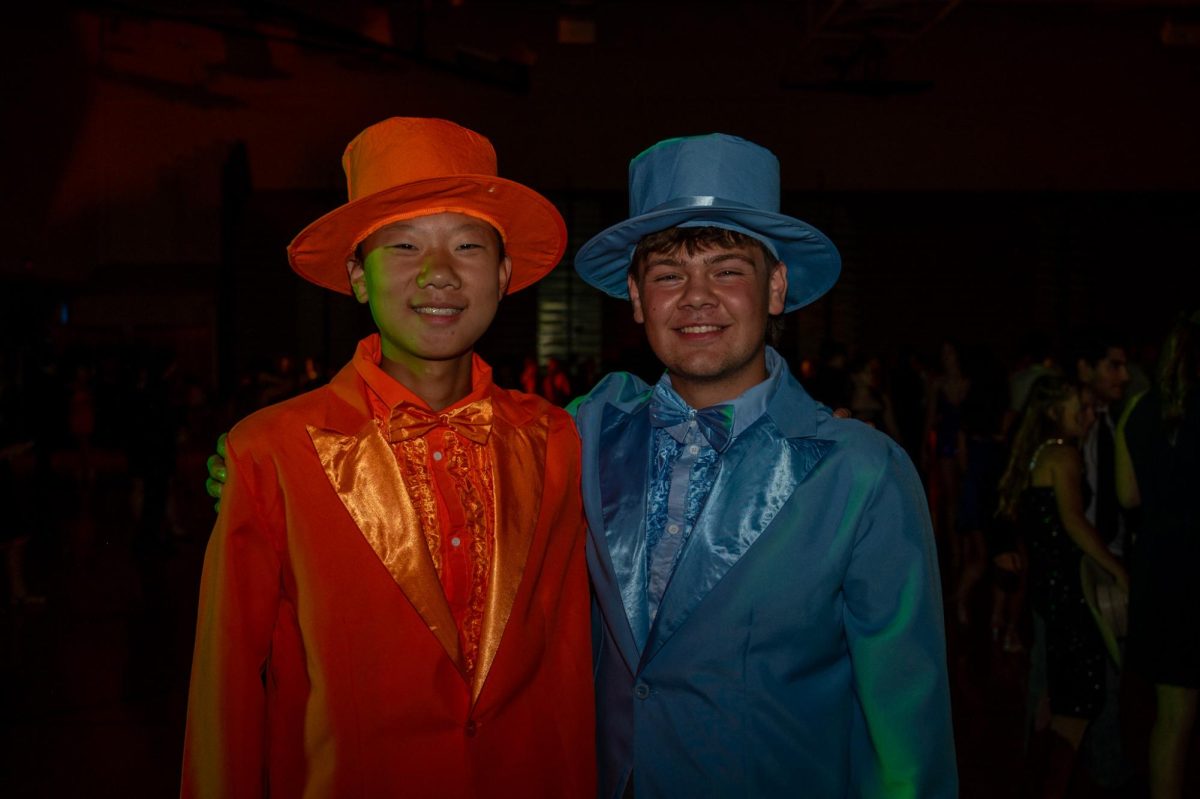Computer vision is a classification for any artificial intelligence model that can produce outputs from inputs consisting of photos or videos. Computer Vision (CV) models work by looking at the RGB values of a given image. These models can classify specific things in an image by scanning the entire image, and grouping sets of RGB values similar in shape/color to the model’s training data. For example, training a CV model to be able to recognize koi fish as opposed to sharks would require many images of both koi fish and sharks. First, a value of 0 would be assigned to all shark images. Then, a value of 1 would be assigned to all koi fish images. Then, the model would be fed a large number of koi fish and shark images with their corresponding value. With sufficient training, the model would be able to be given an image of either a koi fish or a shark, look at the RGB values of that image, and classify whether that image should then be given a 1 or a 0 based on the corresponding fish type. If the model believes the image should be given a 1, it will classify the image as a koi fish, and vice versa.
With this, there are near-infinite possibilities that can be derived from computer vision. CV models can be used to get rid of dangerous jobs in industries like manufacturing and agriculture. To begin, CV models have a large presence in the manufacturing industry. Jobs in manufacturing plants can be dangerous. Millions of Americans sit in factories and sort through hundreds of pieces of manufactured items, like screws every day. These jobs can be automated through the use of CV models, as they can be trained to recognize good parts versus bad parts. If a bad part is found, the CV software can send an electronic signal through a wire to another system which can then kick the bad part out.
Another potential use for CV models is in the agricultural industry. Recently, CV models have been utilized on the underside of a piece of farming equipment that has lasers attached to it. This machine has lasers attached to it so that when the CV model recognizes weeds in a field, the machine can shoot lasers at that weed and kill it. This drastically decreases the amount of fertilizers that have to be used on farms. Also, CV models can be used in agriculture to classify good, healthy produce versus damaged or diseased produce.
In all, CV models are getting rid of dangerous jobs and automating them in a way that requires little human intervention. The applications of CV are nearly endless and can be applied in nearly every field.















